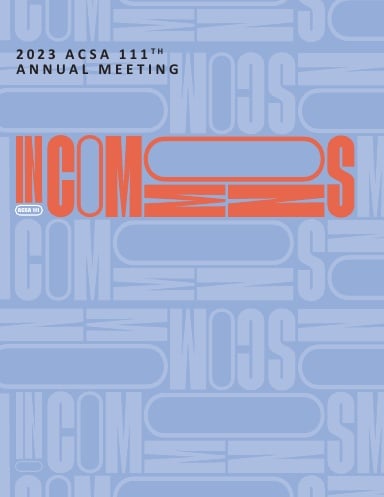Author(s): Alexander Eisenschmidt
According to the World Bank, 1.6 billion people will be affected by the shortage in housing by 2025 and the United Nations estimates that today 100 million people are without a home—records that are driven by the lack of affordable housing and an exponential rise of housing cost over income. Acknowledging the difficulties to escape today’s neoliberal market value begs the question of alternatives to profit- based home ownership and the possibility of a radical rethinking of housing. This essay, therefore, investigates two projects that challenged the economic system in place and rethought housing by rewriting its dominant narratives, financial frameworks, and spatial layouts. In vastly different contexts Ludwig Hilberseimer’s 1923 project of the Wohnstadt (residential city) and Bertrand Goldberg’s 1960s Marina City in Chicago allied with unions in their struggle for a new kind of housing. In both cases, the partnership between architecture and labor organization pushed the project far beyond spatial and programmatic ambitions. These collaborations point at a model in which a union’s knowledge in collective bargaining became instrumental in the creation of housing through an alliance with architecture.
https://doi.org/10.35483/ACSA.AM.111.36
Volume Editors
ISBN
978-1-944214-41-8

 Study Architecture
Study Architecture  ProPEL
ProPEL 
